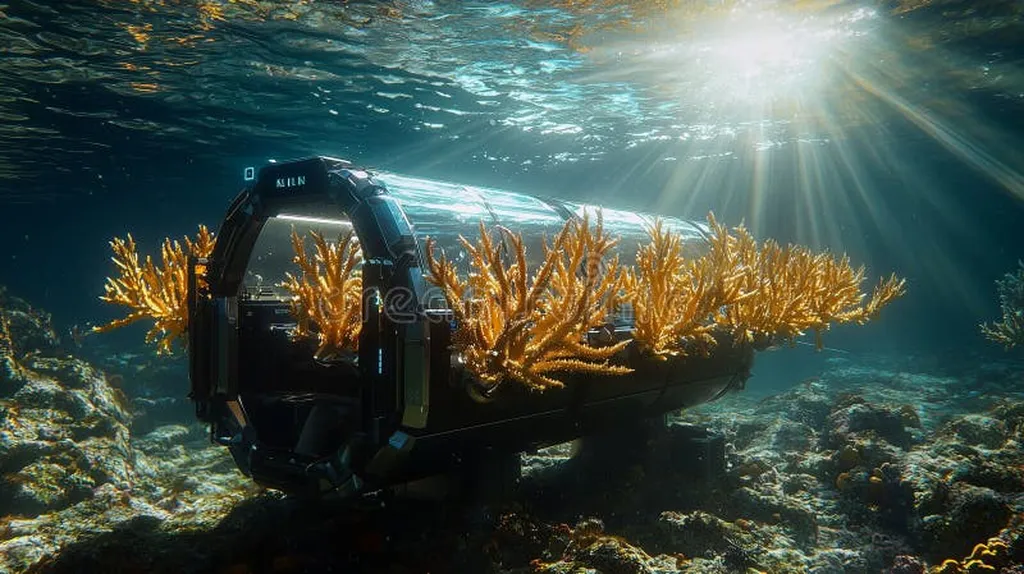Researchers from the Queensland University of Technology (QUT) and the Australian Institute of Marine Science (AIMS) have developed a groundbreaking automated system to revolutionize coral reef restoration efforts. The Coral Spawn and Larvae Imaging Camera System (CSLICS) addresses a critical bottleneck in coral aquaculture by automating the labor-intensive process of spawn counting and larval health monitoring.
Coral aquaculture is a vital component of reef restoration, but manual spawn counting is time-consuming and inefficient. The CSLICS system leverages low-cost modular cameras and advanced computer vision techniques to detect, classify, and count coral spawn automatically. This innovation significantly reduces the manual labor required, saving approximately 5,720 hours per spawning event compared to traditional methods. The system’s accuracy is impressive, achieving an F1 score of 82.4% for surface spawn detection and 65.3% for sub-surface spawn detection across different embryogenesis stages.
The researchers employed a human-in-the-loop labeling approach to train the object detectors, ensuring high accuracy in spawn detection. This method involves human experts reviewing and correcting the system’s initial classifications, continuously improving the algorithm’s performance. The CSLICS system was tested during a mass spawning event on the Great Barrier Reef, where it demonstrated accurate measurement of fertilization success and sub-surface spawn counts, validating its effectiveness in real-world scenarios.
The practical applications of CSLICS for the marine sector are substantial. By automating spawn counting and larval health monitoring, the system enables more efficient and scalable coral aquaculture practices. This, in turn, enhances the capacity for large-scale reef restoration projects, which are crucial for mitigating the impacts of climate change on marine ecosystems. The Great Barrier Reef, one of the world’s most iconic and biodiverse ecosystems, stands to benefit significantly from this technological advancement.
The development of CSLICS represents a significant step forward in marine conservation technology. By addressing a critical bottleneck in coral aquaculture, this innovative system paves the way for more effective and efficient reef restoration efforts. As climate change continues to threaten marine ecosystems, technologies like CSLICS will play an increasingly important role in preserving and restoring these vital habitats. The collaboration between QUT and AIMS highlights the power of interdisciplinary research in driving technological innovation for environmental conservation. Read the original research paper here.

